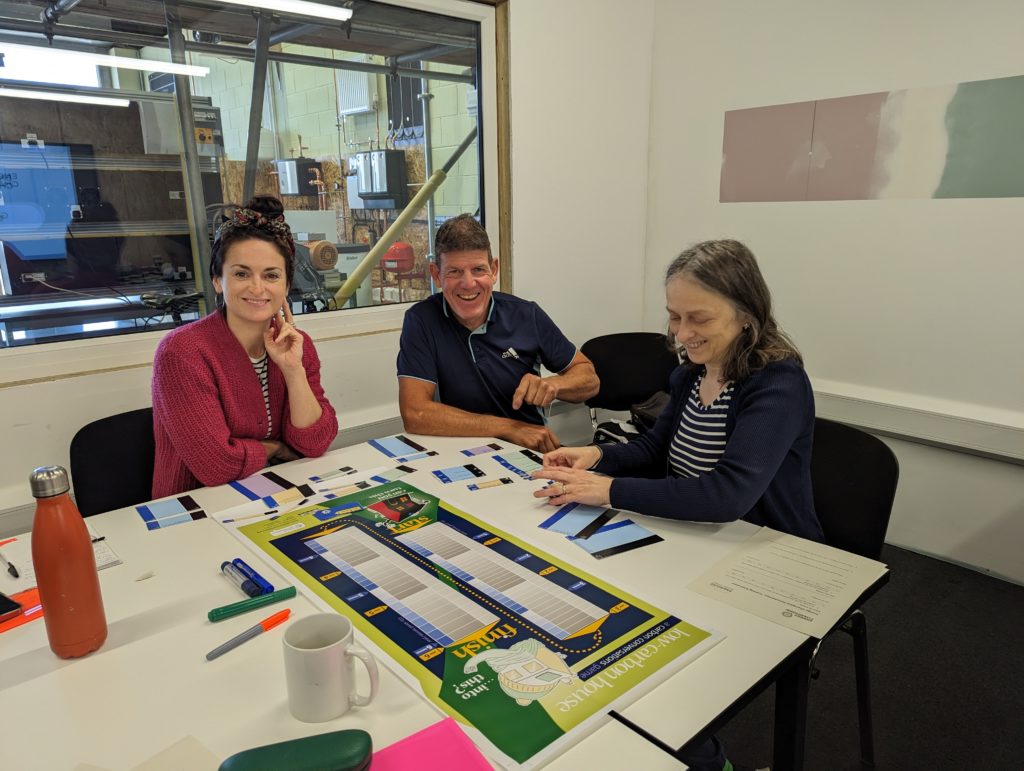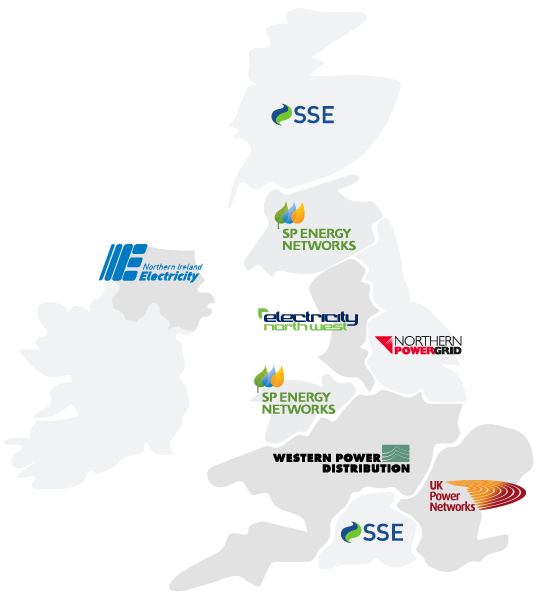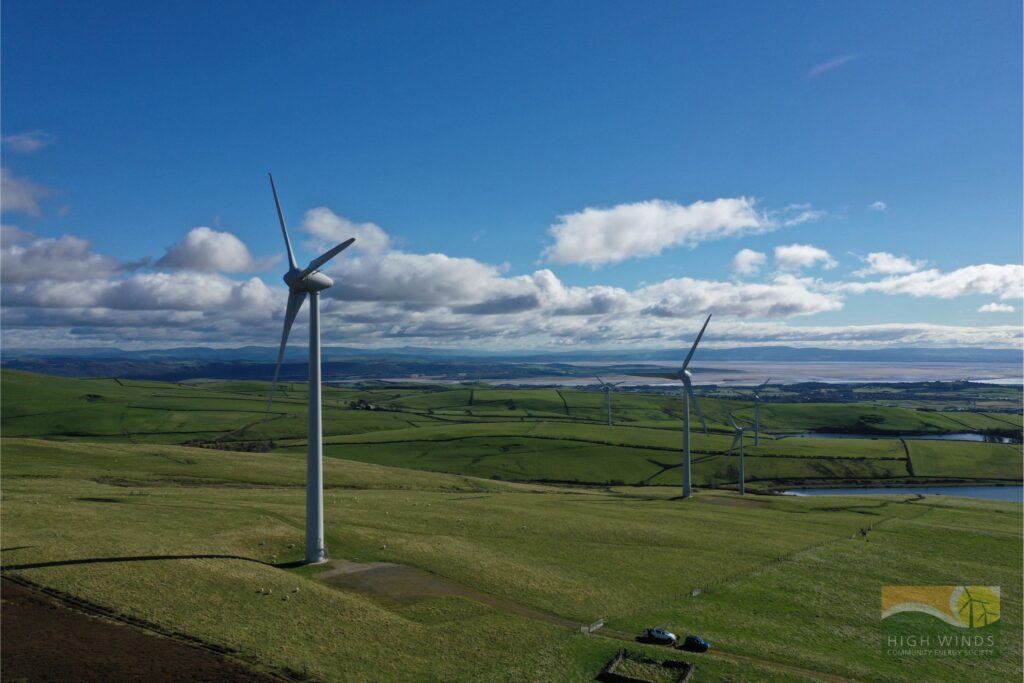
How-to Guide
Data & digital resources
The collection, aggregation and sharing of data is a vital component of how we will reach net zero. It underpins business models and allows for the demonstration of environmental and community benefit. There is no one size fits all approach to how data is recorded but ensuring the interoperability of methods could allow for further growth of renewables in a flexible energy system of the future.

Project Development
Tools to help develop your project
-
Community Heat Development Unit (CHDU)
is an ambitious research and innovation project led by Sharenergy and funded by the Energy Redress Scheme that aims to jumpstart a wave of community owned heat networks in the UK by bringing a data-led approach to identifying where the best chances for successful community heat networks are.
-
Heat Pump sizing/ survey tools
- Spruce – a tool to help ambitious heat pump installers
- Heatpunk – heat pump system design tool
- Heat Engineer – a tool to size any renewable or traditional fuels heating system to meet modern standards
- H2X – a tool to help help engineers create highly accurate designs
- Elmhurt Energy – a Heat Loss Calculator tool designed to accurately estimate the heating requirements of residential properties.
-
People Powered Retrofit Home Energy Planner
is designed to help community energy organisations and charities around the UK increase the take up of retrofit in their area. The Home Retrofit Planner (HRP) is a cutting-edge system designed to provide in-depth, tailored home retrofit surveys.
-
Solar wizard
calculates the potential to generate electricity from rooftop solar panels for homes in England, Scotland and Wales. It provides quick and independent predictions about the viability of solar PV on single buildings or groups of buildings. Designed to be used by individual households, communities and local authorities, Solar Wizard uses a number of datasets to generate building-specific estimates for power generation, costs and savings.
DNO data and mapping
DNO data and mapping tools
-
Electricity Networks’ Association
provides a summary of the data request tools and other data-related initiatives across DNOs.
-
Northern Powergrid’s Demand Availability Maps
help groups map connection capacity in their area.
-
VoteWind
is an open source community wind planning map. Bringing together multiple planning constraints and wind speed data into a single visual map, it is designed to make it easier for our members and the wider public to identify sites in their local areas that are most suitable for a community wind turbine, speeding up the early feasibility process and guiding people to the best resources in the sector to take their projects forward. Its 3D visualizer also gives people an early view on how it would look in their local landscape.


net zero and policy data tools
Net zero and policy data tools
-
Local Intelligence Hub
The Climate Coalition created this platform to analyse and explore data about local MPs, constituencies, public opinion and the climate and nature movement. The Local Intelligence Hub supports national campaigning as well as local organising by community groups and individual campaigners.
-
Carbon & Place
provides free tools to allow communities, planners, and policymakers in the UK to understand their local carbon footprint. Based on the latest research and the best available data, it explores how carbon footprints change between neighbourhoods and how the path to net-zero will vary between places.
-
The Impact parish carbon calculator
is a digital visualisation tool that helps communities understand their carbon footprint. It works for parishes, wards and local authority areas, helping to identify the areas where taking action to tackle climate change can make the biggest difference.
-
Wadebridge Renewable Energy Network (WREN) have created the The Net Zero Future Energy Tool
is designed to help whole communities to establish a community scale picture of domestic energy usage, carbon emissions and energy costs, and to understand what types of low carbon interventions and scale of action are required to achieve a local net zero energy system by 2050. The tool will help you in setting ambitions, facilitating community scale planning and proposing collective and individual household action for a net zero future. But it is just as much about engaging a community in a vision to reach net zero as it is about planning and taking the necessary actions.
